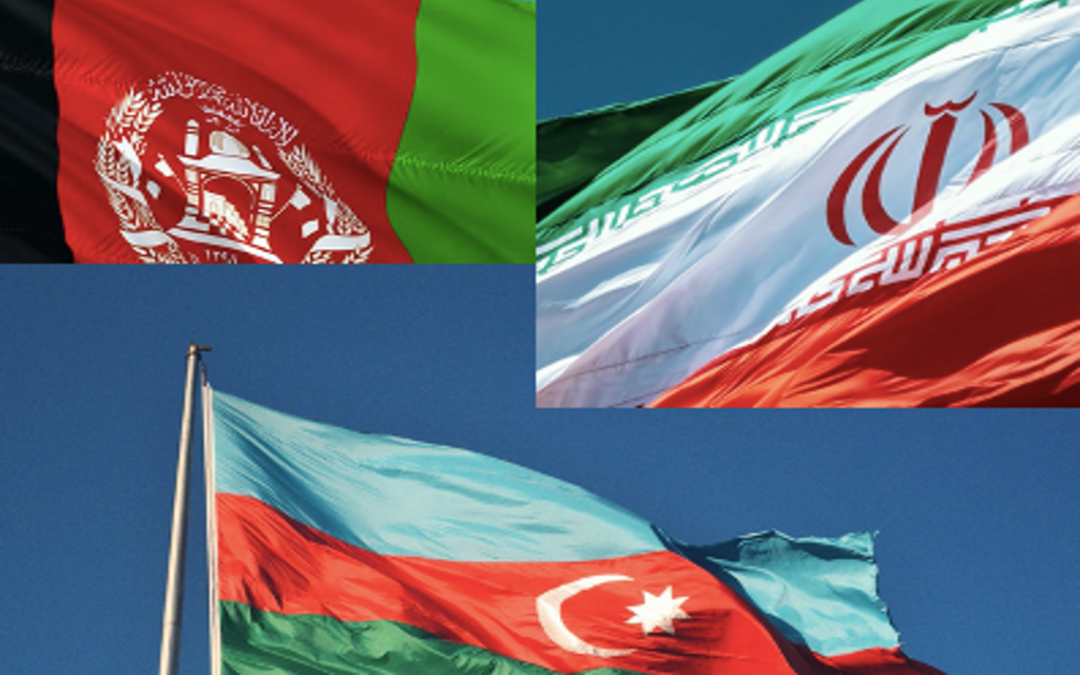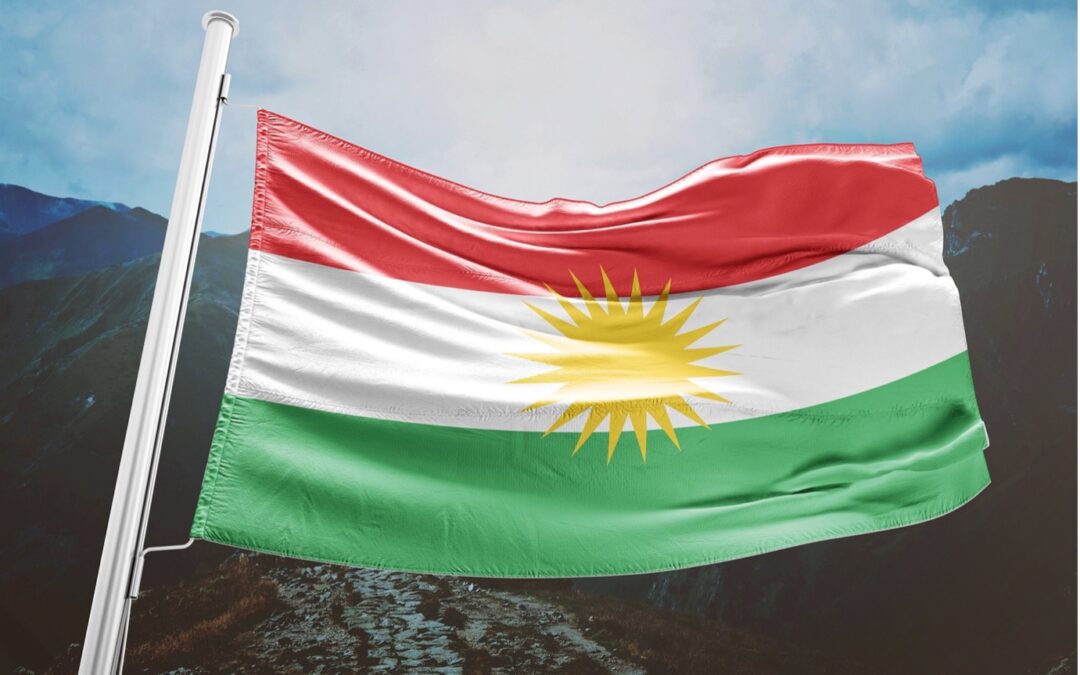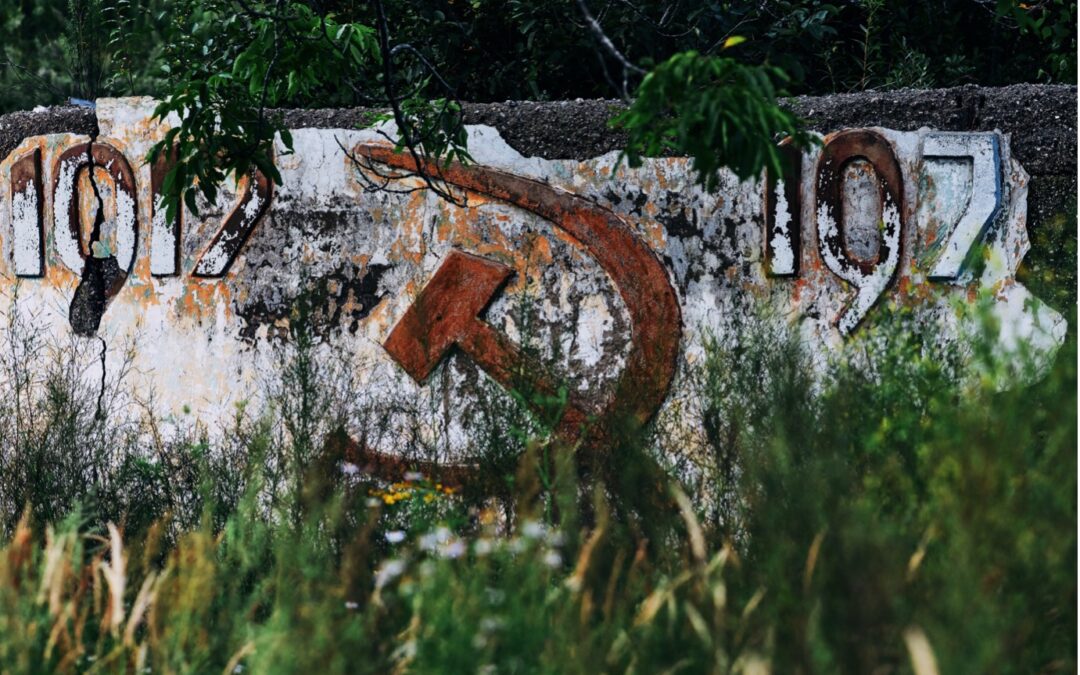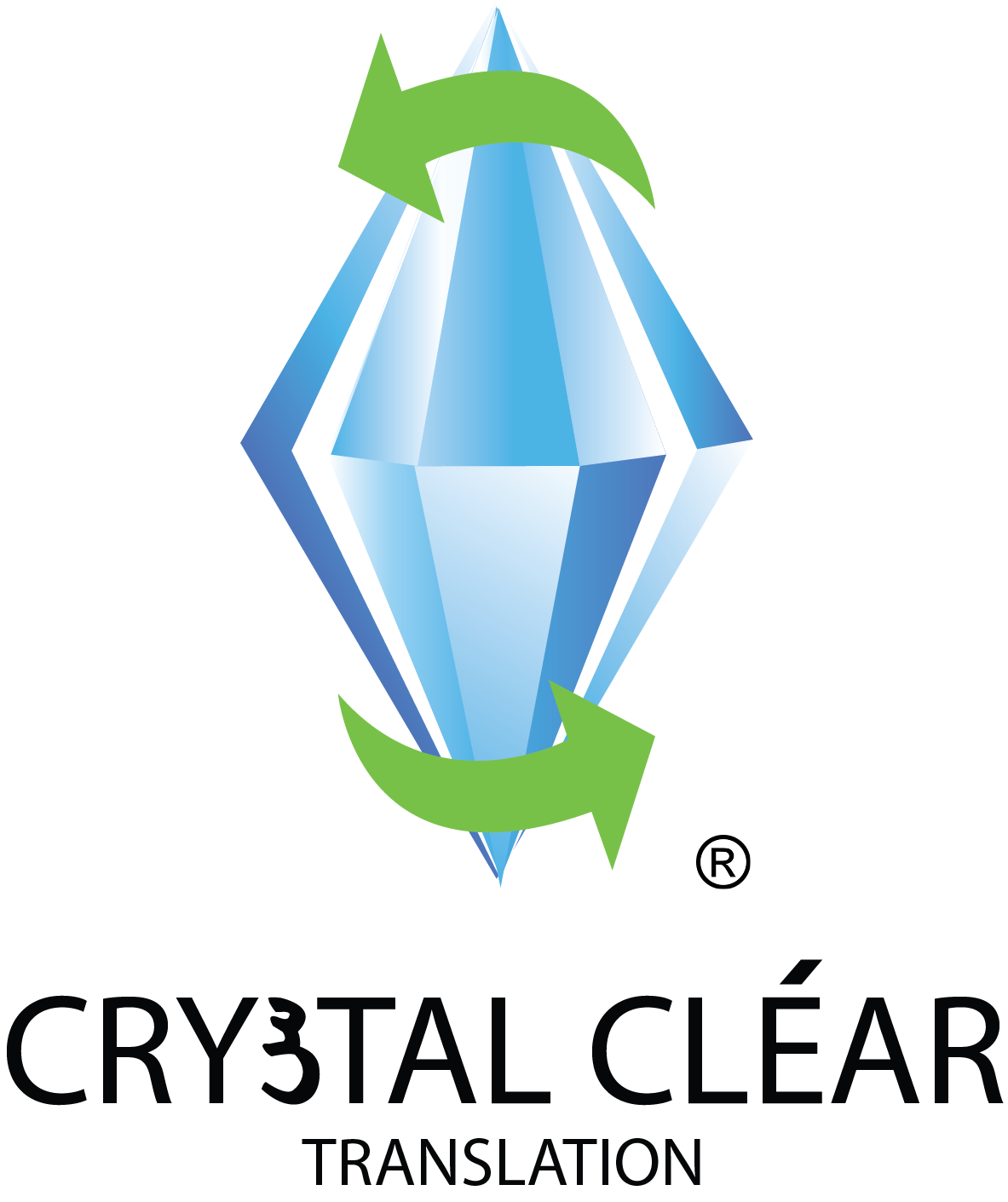
by Hammed Sonny | Aug 23, 2021 | Asia
Dari, Persian and Azeri: Are They All The Same?
Written by Callum Madle / Posted by Hammed Sonny.
The Persian language, also known as Farsi, is the official language of Iran, and is spoken by 70 million native speakers. There are three main dialects of the Persian language, the most widely spoken being Iranian Persian, as well as Tajik and Dari. Dari, spoken most prominently in Afghanistan, also known as Dari Persian, is a dialect of the Persian language. It shares grammatical and linguistic similarities with Persian but also differs in their pronunciation, colloquial language, and vocabulary. The Azeri language, by contrast, is part of the Turkic language family, and is mainly spoken in Azerbaijan. However, it is also a minority language spoken in parts of Iran.
Similarities between Dari, Persian and Azeri
Dari and Persian share a lot of similarities in relation to grammar. For instance, phrasal and sentence structures are the same in Farsi and Dari. Moreover, both languages also use the same alphabet, using the Perso-Arabic alphabet instead of Latin. For instance, one can see the similarities between the two languages in the construction of the past tense, specifically in the formation of the phrase “to be”:
Persian
He is (singular) – hast-am
They are (plural) – hast-im
Dari
He is (singular) – u ast
They are (plural) – una astan
Despite Azeri, Dari and Persian being from two different language families (the Turkic language family and the Indo-Iranian language families respectively), there are some similarities between two languages. Both the Azeri language and the Persian language follow the same word order rule of SOV (subject-object-verb). The phrase “I saw the girl” in Azeri would be written as “män qızı gördüm” (I-girl-see). In Persian, the phrase “Ali saw the girl” would be written in the SOV word order as “Ali doxtar-râ” (Ali-girl-did see).
Differences between Dari, Persian and Azeri
Azeri differs the most from Persian and Dari, mainly because it derives from a completely different language family, the Oghuz branch of the Turkic language family. It also uses three different scripts: Latin, Perso-Arabic and Cyrillic. The main alphabet used in Azerbaijan, of which Azeri is the national language, is the Latin alphabet, whereas where Azeri is spoken in Iran, the Persian alphabet is used.
Unlike Dari and Persian, Azeri has a system of vowel harmony alike the other Turkic languages which also follow similar systems. The variation of Azeri spoken in Iran also utilises the vowel harmony rule. Vowel harmony is an assimilatory process by which unstressed vowels in a word are assimilated with the sound of the stressed vowel. In Azeri, there are two types of vowels: hard vowels (a, ı, o, u) and soft vowels (e, ə, i, ö, ü). In words which begin with a hard vowel, the next vowel will most likely be a hard vowel due to the ease with which one can pronounce similar sounding vowels, rather than switching from a hard vowel to a soft vowel, and vice versa. Suffixes in the Azeri language also follow the vowel harmony rule. The last vowel in a word determines whether the vowel in the suffix is a hard vowel or soft vowel. For example, if the word teacher in Azeri, “müəllim”, ends with a soft “i” vowel, so the suffix used after this word will feature a soft vowel too.
Persian and Dari are mutually intelligible when written but are completely different when spoken. They also have many differences in pronunciation and vocabulary. The Dari dialect borrows more vocabulary from English than Persian, for instance, the word bicycle translated in Dari is a loanword from English, “baisikel”. The same word in Persian is completely different, “do charkheh” (دوچرخه) which literally translates as “two wheeled thing”. Of course, Dari also shares some loanwords from Persian, such as the word for son, “bachah”, which in Farsi is similar to the world for child (“bacheh”). In addition to this, the word for car in Dari, موتور (motor), is another loanword from Farsi, meaning “engine”.
Another difference between Persian and Dari is the construction of grammar in the two dialects. In Farsi, the personal pronoun “I” is “men”, but in Dari, the same pronoun is written as “me”, removing the -n suffix. In addition to this, words conjugated into the second person singular form are pronounced differently in Persian and Dari. For instance, in Standard Persian, the phrase “He does” is “Ishan mikonad”. The “-ad” ending is changed in Colloquial Persian to “-eh” (u mikoneh) and in Dari to an “-ah” ending. Both are written the same in Dari and Farsi as “او می کنه”, but are pronounced differently – in Dari, the phrase is “u mekonah”. Some other differences in pronunciation include that of the letter qaff (ق). In Dari, the letter is pronounced with a hard “q” sound, whereas in Persian, the letter is pronounced with an “r” sound. One other variation between Dari and Persian is the noun “sleep”. In Farsi, khwab, “خواب”, is the noun used to describe sleep. In Dari, the word for sleep (خو) is pronounced xau, in a similar manner to the English word cow.
In Conclusion
To say that Dari, Persian or Azeri are the same language, or that they can be easily spoken by someone who speaks just Dari, or just Persian, would be incredibly inaccurate. These three languages may share some superficial similarities, in the use of the same scripts or in the same word order, but they differ in their histories, as well as the specific colloquial vocabulary and pronunciation of their respective languages. To translate Dari, one should seek a translator who speaks Dari specifically, rather than a general Persian translator. If you require translation or interpreting services in the Persian, Dari or Azeri languages, or any other language, you can get a quote here from Crystal Clear Translation.

by Hammed Sonny | Aug 16, 2021 | Kurdish
Kurdish Languages: Would You Like to Know More About These Fascinating Dialects?
Written by Callum Madle / Posted by Hammed Sonny.
Kurdish is part of the Indo-Iranian language family and is related to the Persian language. 30 -40 million speak these languages, in areas such as Turkey, Syria, Iraq, Iran, and Armenia. There are two major dialects of Kurdish. The first is Kurmanji-Kurdish, which is spoken in the Northern areas of Kurdistan (Turkey, Armenia, Syria and Northern Iraq), and it is written in the Latin script. The second dialect is Sorani-Kurdish, which is spoken in the southern and south-eastern regions of Kurdistan (central Iraq and Iran), and it is written in a version of the Arabic-Persian script, although communication via the internet in Sorani is written in the Latin alphabet. Within the Kurdish language group, Zazaki (eastern Turkey) and Gorani (spoken in north-eastern Iraq) are two other notable languages spoken by the Kurdish population.
However, the Kurdish language is the national language solely in the regions controlled by the Kurdish Regional Government in Northern Iraq, and historically has been a repressed language. In many areas populated by Kurdish speakers, such as Turkey, the use of Kurdish has been heavily restricted, and was banned in Turkey until 1992. Only recently have the laws surrounding the language been changed. Since Kurdish is not the dominant language in areas populated by the Kurdish people, many Kurdish speakers are multilingual, and may also communicate in Arabic, Turkish or Farsi.
The Kurmanji Dialect
75% of native Kurdish speakers speak Kurmanji or Sorani, but there are noticeable differences between the two languages. Kurmanji is spoken primarily from the Kurdish community in Turkey, based on the Latin script, and uses an alphabet by that shares similarities with Turkish. An estimated 1-17 million people speak this language. This dialect features two genders, four grammatical cases (nominative, oblique, construct and vocative), and does not use the definite article (e.g. he, who, the, it).
In Kurmanji, gender applies only to singular nouns and not to plural nouns: For example, in the vocative case, the singular masculine form of the word ‘mirov’ (man) becomes mirovo
In the singular feminine, the word ‘jin’ (woman), becomes jinê
However, the plural form of both words in the oblique case ends with the same suffix, ‘-ên’
Kurmanji is a subject-object-verb (SOV) language (a language which uses the same order for subjects, objects, and verbs). It uses the ergative case, which refers to a case of nouns that identify the person who performs an action as the object rather than the subject of a verb. For instance, whilst this case is no longer used in the English language, instead of saying “He kissed her”, a sentence in the ergative case would be “Him kissed her”
The Kurmanji language also features circumpostions – words, consisting of two parts, that appear on each side of the word they modify.
For instance:
“Di ber… de” (“In front of”)
“Di ber mala me de darek heye” (There’s a tree in front of our house”)
The Sorani Dialect
On the other hand, Sorani originated from in Central Iraq, and is based on the Persian-Arabic script, albeit modified with a phonemic alphabet, like Farsi. It is spoken by around 4-6 million people in Iraq, and 5-6 million people in Iran. In contrast to the northern dialects, the Sorani dialect has no gender distinction, does not use the nominative case (identifies the subject of a verb, the nominative being the person involved in the action, e.g., “the boy saw her”), but uses definite articles.
To compare some of the differences between the Sorani and Kurmanji dialects, one might take the previous example phrase of the use of circumpostions in Kurmanji – “Di ber mala me de darek heye” (There’s a tree in front of our house.)
In Sorani, the phrase translates as “Darêk heye le beramber mallekeman”. In this sentence, unlike Kurmanji, the preposition, “le beramber”, comes before the noun (mallekeman). An indefinite article (“ek”) appears in the Sorani translation, a noun phrase which does not exist within the Kurmanji language. Additionally, the word ‘house’ differs in the Kurmanji and Sorani dialects (mala in Kurmanji, mall in Sorani). Another difference in the sentence is the determiner “our”, which in Kurmanji is “me”, and in Sorani is “man”
Conclusion
Both variations of the written Kurdish languages are not mutually accessible due to the use of different alphabets, but both of the dialects borrow their vocabulary from the Arabic, Persian and Turkish languages. Nevertheless, in the context of translation, it is important that the translator speaks the right dialect of the Kurdish languages, due to the difficulty that Kurmanji and Sorani speakers have trying to understand their respective languages.
Ready for an Interpreting and Translation Quote?
If you require translation or interpreting services in the Kurdish Languages, Crystal Clear Translation can provide Interpreters or Translators for any of the Kurdish dialects, like Sorani, Bahdini, or Kurmanji. To get a quote for our services, click here.

by Hammed Sonny | Aug 2, 2021 | Multilingualism
For many of the old Soviet states, the dissolution of the Soviet Union in 1991 created an opportunity to forge their own national identity. In the context of language, Russian, the dominant language across the different Soviet countries, was replaced in most of the former Soviet states, like the Ukraine, with a new national language. Whilst Russian is no longer as significant a language in the former Soviet states, it still plays a role in daily communication, economic and trade relationships and media consumption in Eastern Europe and Central Asia.
During the Soviet Union
Initially, the Soviet language policy was accepting toward the multitude of languages spoken throughout the Soviet Union. Of the 102 different Soviet nationalities, 66 of the alphabets used were latinised, and in stark contrast to later policies pursued by the USSR, “the Russian language did not have […] official status” (Shelestyuk 4), meaning that the different languages spoken by the variety of ethnicities in the USSR were given equal treatment by the state. Members of the Soviet government in the 1920s believed that the different indigenous groups that constituted the non-Russian countries within the USSR “had the right to [their] national administrative entity with [their] own language” (Shelestyuk 4).
However, when Stalin became the Premier of the USSR, the Russian language essentially became the dominant language of the Soviet Union. To assimilate the non-Russian states of the Soviet Union, the USSR began to pursue a policy known as ‘russification’. As part of this policy, in the 1930s, Soviet propaganda started to promote the Russian language as being superior in comparison to the dominant languages in the Soviet states. By 1935, these states were forced to adopt the Cyrillic alphabet, and abandon the Latin alphabet.
In the education system, children at “all schools of the Soviet republics and ethnic regions” (Pavlenko 82), were required by law to be educated primarily in the Russian language. This policy ensured that the “numbers of Russian-language schools superseded those of local language schools” (Pavlenko 83), and as a result, by 1979, 81.9% of the population of the USSR spoke Russian, and 61.1 million of the non-Russian population spoke Russian as their second language (Solchanyk 25)
Post-Soviet Union
After the collapse of the Soviet Union, it is estimated that were 25 million Russian speakers living in the independent post-Soviet countries. The country within which Russian remains a dominant language is Belarus; the Belarussian government have maintained a strong cultural and linguistic link with Russia.
The Belarusian constitution “designates both Belarusian and Russian as the state languages of the Republic of Belarus” (Pavlenko, “Russian in Post-Soviet Countries”, 60). In fact, the number of Russian speakers in Belarus has increased in contrast to the number of those speaking Belarusian. According to the Guardian, only 10% of people in Belarus speak Belarusian on a daily basis, in comparison to the 70.2% of the population who are Russian speakers. Outside of Belarus, four other former Soviet countries (Kazakhstan, Kyrgyzstan, Tajikistan, and Uzbekistan) have adopted Russian as an official language, in addition to their own language.
There are also a significant percentage of Russian speakers in countries such as Latvia (36%) and Estonia (29.6%). Within Ukraine, in Crimea for example, roughly 84.1% of people still speak Russian. In addition to this, a 2008 poll by the American polling company Gallup found that 83 percent of Ukrainian people chose Russian as their preferred language. Russian speakers in the post-Soviet states are also more likely to consume Russian-language media. For example, Russian-language television channels are popular in countries such as Armenia, Belarus, and Moldova with a significant percentage of Russian speakers.
Another reason for the continued use of the Russian language in the former Soviet states is their relationship both economically and politically with the Russia Federation. For instance, Armenia, Belarus, Kazakhstan, and Tajikistan, along with Russia, are members of the Eurasian Economic Union (EAEU). The working language of the EAEU is Russian, so all treaties and economic agreements between the countries are written in the Russian language.
Conclusion
Despite the collapse of the USSR, it is evident that Russian is still a significant language within the populations of the different countries that split from the Soviet Union. While the Russian language is not as prevalent now as it was before 1991, one should not discount the sizeable proportion of people who continue to speak Russian daily, not only in the former Soviet countries such as Latvia, Ukraine, Belarus, and Estonia, but also those who emigrated after the collapse of the Soviet Union to other countries in Europe.
Should you need assistance translating or interpreting in Russian, or any other language, get a quote here from Crystal Clear Translation.
Written by Callum Madle.




